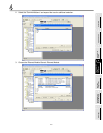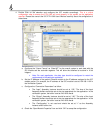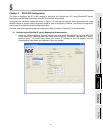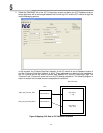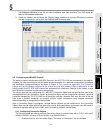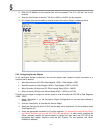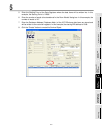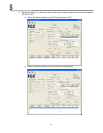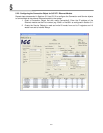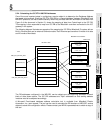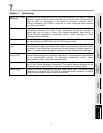
7-1
Chapter 7 Terminology
Implicit (I/O Data)
Messaging
Connections are established to move application-specific I/O data at regular
intervals. These connections often are set up as one-to-many relationships in
order to take full advantage of the producer-
consumer multicast model.
Implicit messaging uses UDP/IP resources to make multicast data transfers
over Ethernet a reality.
Explicit Messaging
Point-to-point relationships that are established to facilitate request-response
transactions between two nodes. These connections are general purpose in
nature and can be used to reach any network-accessible items within a
device. Explicit messaging connections utilize TCP/IP services to move
messages across Ethernet.
EtherNet/IP EtherNet/IP is the name given to the Common Industrial Protocol (CIP), as implemented
over standard Ethernet (IEEE 802.3 and the TCP/IP protocol suite).
User Defined Data
Type
User-defined data types allow a user to organize the data to match a machine or process.
This streamlines program development and creates self-documenting code that is easier
to maintain. A user-defined data type stores all the data related to a specific aspect of a
system. This keeps related data together and easy to locate, regardless of its data type.
Common Industrial
Protocol (CIP)
The Common Industrial Protocol (CIP) is a media independent, connection-based, object-
oriented protocol designed for automation applications. It encompasses a comprehensive
set of communication services for automation applications: control, safety,
synchronization, motion, configuration and information.
Connection Object The CIP Connection Class allocates and manages the internal resources associated with
both I/O and Explicit Messaging Connections. The specific instance generated by the
Connection Class is referred to as a Connection Instance or a Connection Object.
Service Object Service is a function supported by an object and/or object class. The Service Object
configured for a particular ICC ETH-1000 to a Mitsubishi device connection is used to
define what data transfer functions need to be executed.
1
Introduction
2
System Overview
3
Devices to the
Network
4
ControlLogix PLC
Project
Configuration
5
ETH-1000
Configuration
6
Using EtherNet/IP
Explicit Messaging
7
Terminology



